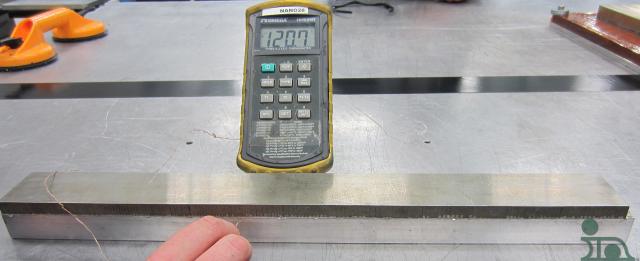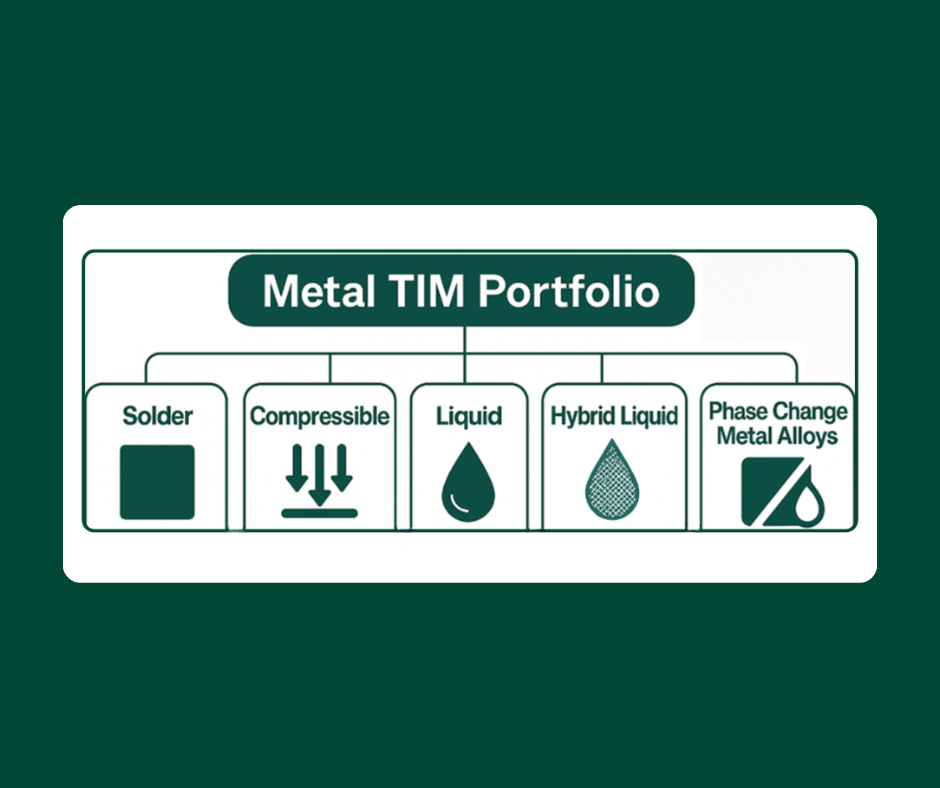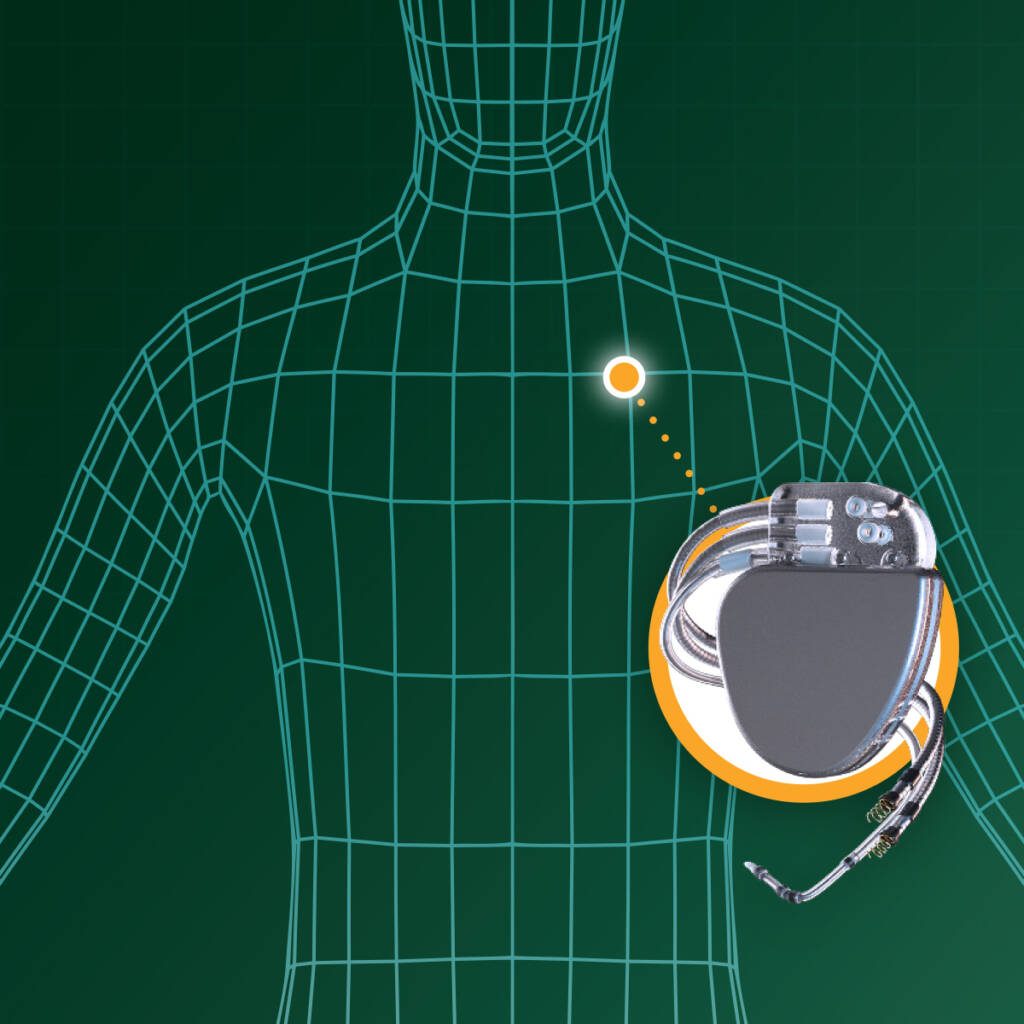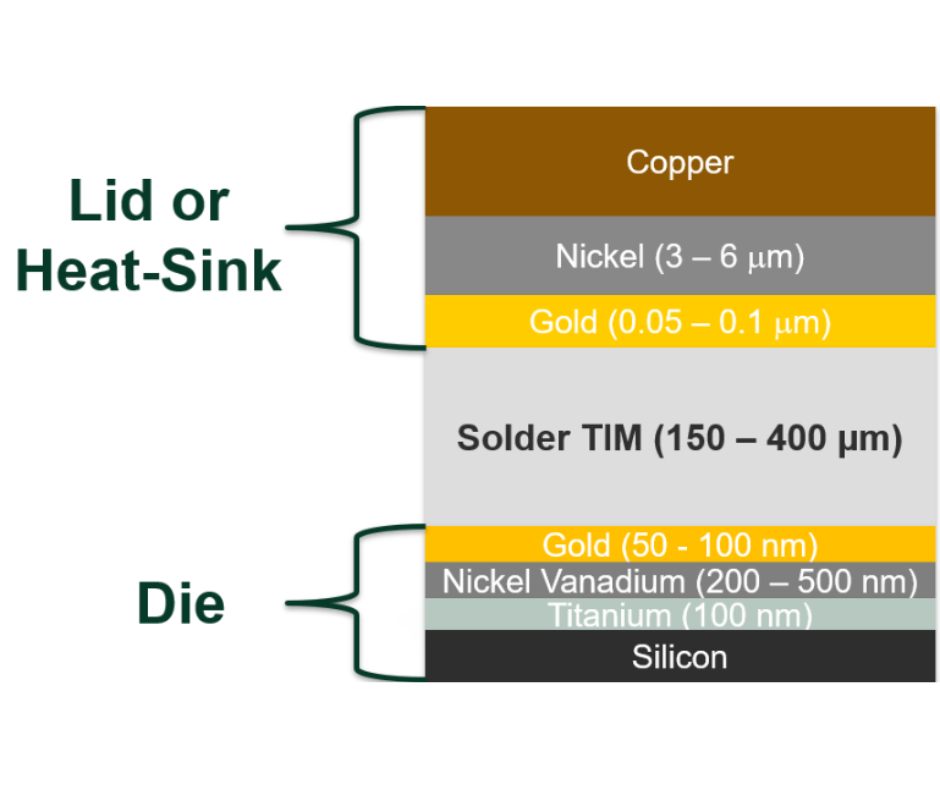Coefficient of Thermal Expansion (CTE) differences between materials can really cause problems when those materials are rigidly bonded. If you’ve ever seen a bi-metallic strip test in science class, you’ll remember that it is usually demonstrated with 2 thin materials that are flat at room temperature. The bonded materials are generally heated in front of the students, and a very pronounced curling of the assembly tasks place. This is a great visual method to demonstrate the effects of CTE, but it conditions us to think that ΔT is always in reference to room temperature. If the same bi-metallic strip was bonded flat at some elevated temperature, the demonstration would start out with a curved assembly which would straighten out as it is heated. This is a good way to imagine the testing that was done for Eliminating Bond Stresses of Sputtering Targets at Operating Temperatures:
“The result is shown in [below]. Although this should be no surprise, it illustrates how a zero stress point can be set at any temperature which the assembly can be bonded. To demonstrate this point, the target assembly that was bonded at 120°C was reheated to bonding temperature and deflection was eliminated.”




